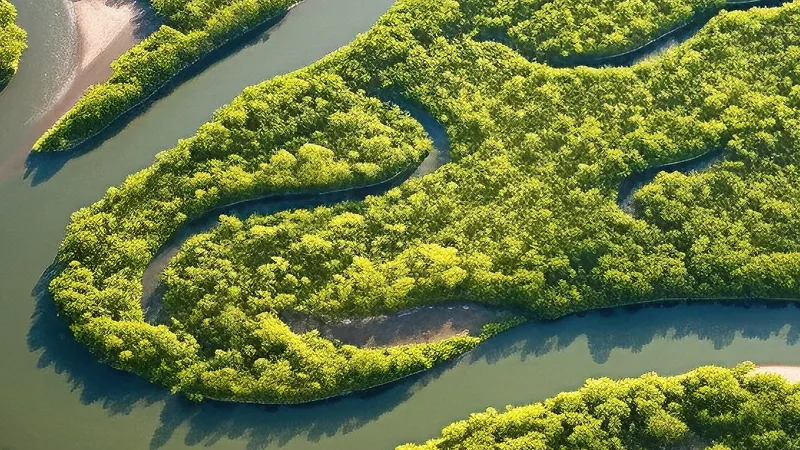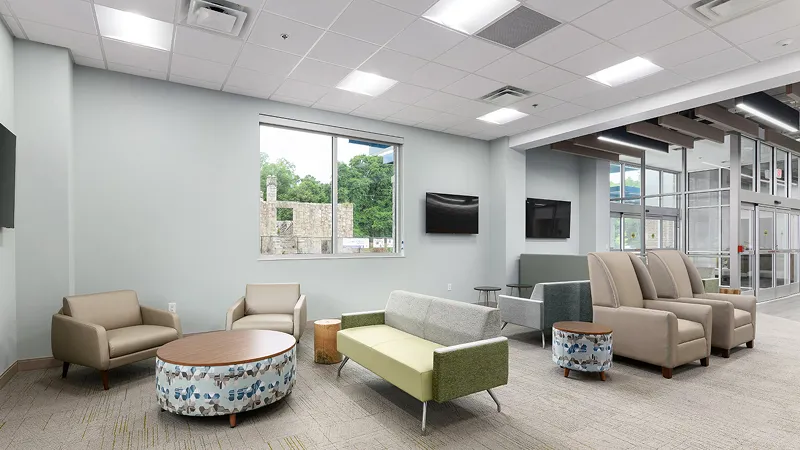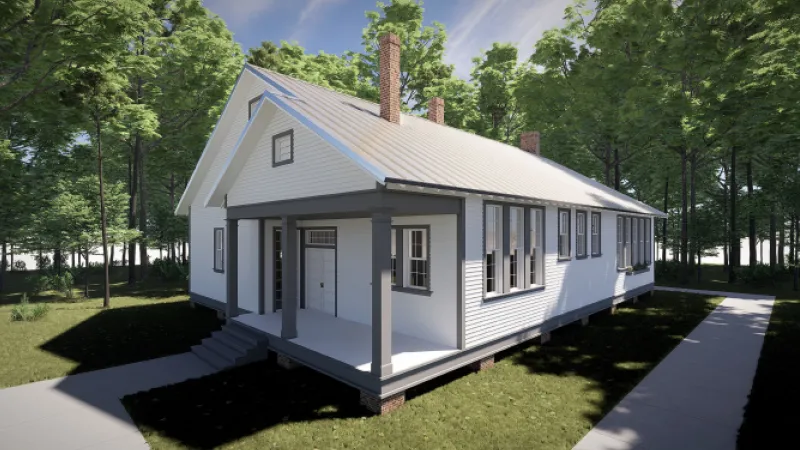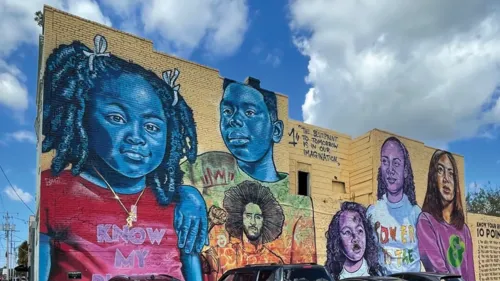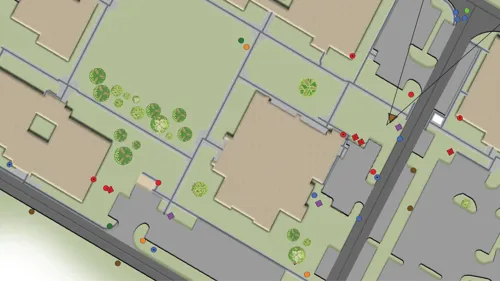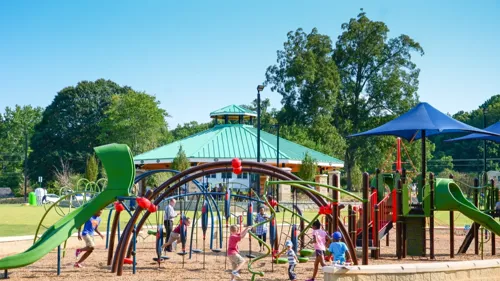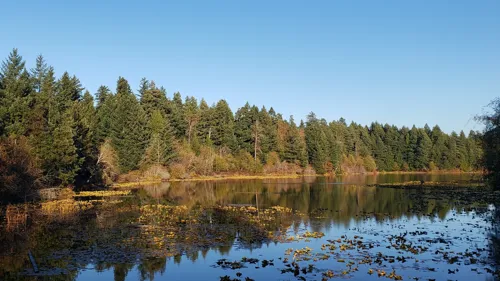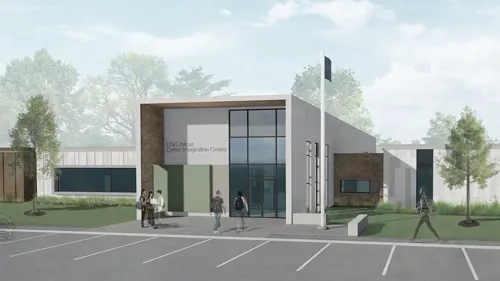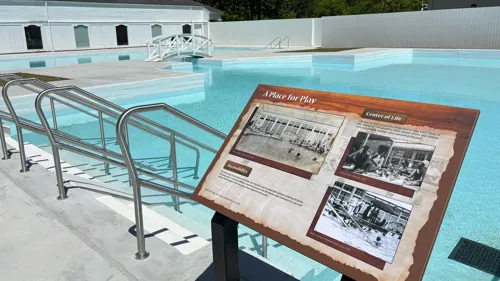Restoration and Resilience: Overseeing Facility Repairs at Everglades National Park for the National Park Service

Pond provided construction management representative (CMR) services for the National Park Service (NPS) at Everglades National Park to oversee extensive facility and infrastructure repairs caused by Hurricane Irma.
In September 2017, the Everglades sustained significant storm damage from Hurricane Irma. Powerful winds caused large-scale destruction to the forests and wetlands, as well as physical structures located throughout the park.
Pond provided CMR support to oversee extensive facility and infrastructure repairs to hurricane-damaged locations covering projects within the Everglades five districts: West Lake, Key Largo, Flamingo, Everglades City, and Shark Valley.
The scope of services for the construction projects that Pond provided CMR services for included:
- Demolition of storm-damaged housing units
- Construction of new housing units
- Roof replacement and building envelope hardening
- Window replacement
- Interior, exterior, and electrical repairs to park buildings
- Hardening of existing buildings to current hurricane construction codes
- Dock and pier replacements and installation of boat lifts
- Site improvements, utility upgrades, parking/road replacement
- Construction of a new visitor center
One project that stood out from the devastation was the West Lake Boardwalk. Located seven miles north of the Flamingo Visitor Center, the West Lake Boardwalk is a popular interpretive walking trail along the main park road. The boardwalk winds through thickets of mangrove trees and opens out onto the edge of West Lake, giving visitors a panoramic view of the water. In the wake of the hurricane, most of the half-mile boardwalk was destroyed. The project involved a complete restoration of the boardwalk to its pre-storm condition, particularly the broken and twisted section that was exposed to the lake.
Pond provided CMR services for the construction contractor performing the demolition of the boardwalk and prepared draft scoping documents for potential contract modifications and appropriate sketches illustrating the work to be performed. This construction scope involved working carefully to remove old and damaged materials left behind by the storm and replacing them with more resilient materials. The new boardwalk has sturdier support beams and joists and utilizes flow-through decking material made of fiberglass-reinforced polymer. The flow-through design of the decking will also help mitigate storm surge uplift.

The boardwalk was re-designed to be more robust than the former structure, while also addressing environmental threats such as rising sea levels and increased storm intensity. To improve stability, larger timber piles were installed deeper than the existing piles and spaced more closely together. In addition to being accessible by wheelchair, the new boardwalk is also in compliance with the Architectural Barriers Act Accessibility Standard (ABAAS).
The new facilities are more resilient to severe weather and will better serve park visitors for years to come.
Daily inspections were critical to the success of the project. Over the course of three years, our team worked diligently to provide full-time on-site CMR services with consideration to the unique environmental and infrastructure challenges of the project. The new facilities are more resilient to severe weather and will better serve park visitors for years to come. Learn more about Pond's program and construction management capabilities.
